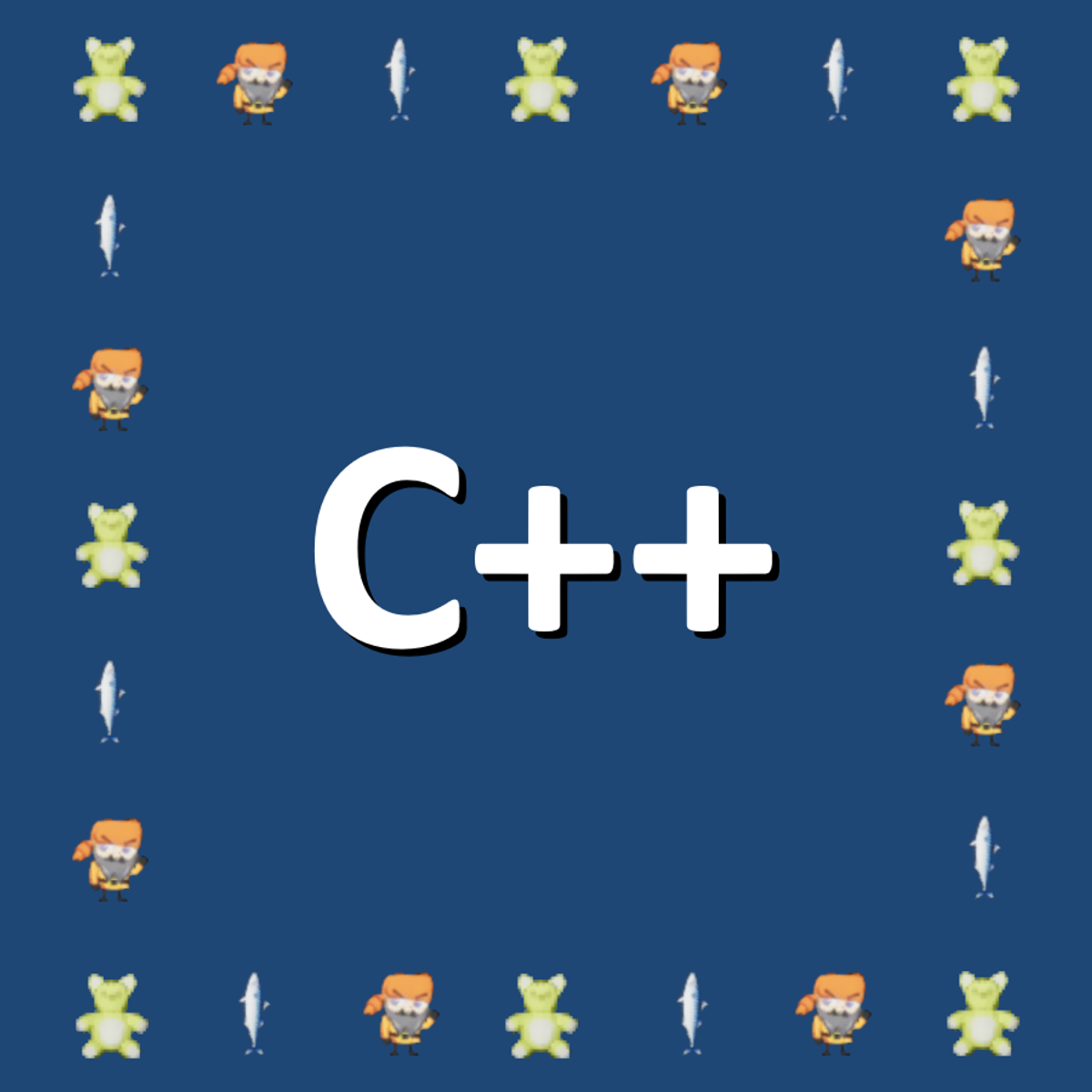Back to Courses









Computer Science Courses - Page 185
Showing results 1841-1850 of 2309

How to integrate apps on Canva
This project allows you to integrate various applications on Canva, which you can then use in your graphic creations. Canva is an online tool for editing and creating marketing visuals. At the end of this project, you will have everything you need to be able to integrate and use external applications such as Google Maps, Giphy, YouTube, QR Code etc.
This project is intended for beginners and people who have no knowledge of graphic design and who would like to integrate various external applications into the Canva platform in order to use them later in their graphic creations.

Optimize ML Models and Deploy Human-in-the-Loop Pipelines
In the third course of the Practical Data Science Specialization, you will learn a series of performance-improvement and cost-reduction techniques to automatically tune model accuracy, compare prediction performance, and generate new training data with human intelligence. After tuning your text classifier using Amazon SageMaker Hyper-parameter Tuning (HPT), you will deploy two model candidates into an A/B test to compare their real-time prediction performance and automatically scale the winning model using Amazon SageMaker Hosting. Lastly, you will set up a human-in-the-loop pipeline to fix misclassified predictions and generate new training data using Amazon Augmented AI and Amazon SageMaker Ground Truth.
Practical data science is geared towards handling massive datasets that do not fit in your local hardware and could originate from multiple sources. One of the biggest benefits of developing and running data science projects in the cloud is the agility and elasticity that the cloud offers to scale up and out at a minimum cost.
The Practical Data Science Specialization helps you develop the practical skills to effectively deploy your data science projects and overcome challenges at each step of the ML workflow using Amazon SageMaker. This Specialization is designed for data-focused developers, scientists, and analysts familiar with the Python and SQL programming languages and want to learn how to build, train, and deploy scalable, end-to-end ML pipelines - both automated and human-in-the-loop - in the AWS cloud.

Build a Project Tracking App with AppSheet
This is a Google Cloud Self-Paced Lab.
In this lab, you'll build a simple project tracking and approval application. AppSheet is a no-code development platform that lets anyone without coding experience build mobile and web applications. You can build AppSheet apps from data sources, such as Google Sheets, Excel, Cloud SQL, Salesforce, and other similar connectors. App user activity syncs to the connected data source(s).

Project Planning and Machine Learning
This course can also be taken for academic credit as ECEA 5386, part of CU Boulder’s Master of Science in Electrical Engineering degree.
This is part 2 of the specialization. In this course students will learn :
* How to staff, plan and execute a project
* How to build a bill of materials for a product
* How to calibrate sensors and validate sensor measurements
* How hard drives and solid state drives operate
* How basic file systems operate, and types of file systems used to store big data
* How machine learning algorithms work - a basic introduction
* Why we want to study big data and how to prepare data for machine learning algorithms

Software Design Threats and Mitigations
The design step in developing software has some unique characteristics. First of all, it’s the only step where drawing pictures of things is the norm. Why is that? What do pictures do that other representations cannot do? Pictures have varying levels of detail; pictures have context. Pictures…paint a picture. Why are these things important? In this course, too, we begin looking at other disciplines (building architecture is a favorite one) for lessons on design.

Access an EC2 instance shell from the AWS console
In this 1-hour long project-based course, you will learn how to Access an EC2 instance shell from the AWS console
Amazon Elastic Compute Cloud is the service you use to create and run virtual machines (VM), also known as instances. By completing the steps in this guided project, you will successfully launch a Linux VM on Amazon EC2 within the AWS Free Tier. You will also connect to the instance that you launch using the AWS management console and then deploy a web application using the AWS management console.

How to Trace Objects in Adobe Illustrator
Adobe Illustrator’s image trace function is a quick and easy way to convert your regular images, photos, and drawings into images that can change in size without losing quality. Whether you’re designing a new logo for your business or you’re a graphic design artist converting images for the web, the image trace tool is an excellent way to take your graphics’ quality to the next level.
This project is great for newcomers to Adobe Illustrator - individuals with basic familiarity with Adobe Creative Suite and a general understanding of image file formats (jpg, png). Learners with a desire for deeper understanding in digital imaging and web graphics will benefit most from this course.
Following along in this guided project, we will use practical application to identify a raster image, convert it to a vector graphic, and design it using the image trace functions in Adobe Illustrator. By the end of this project, you will learn how to use image tracing to transform your own raster images into high-quality, scalable images.

Advanced Modeling for Discrete Optimization
Optimization is a common form of decision making, and is ubiquitous in our society. Its applications range from solving Sudoku puzzles to arranging seating in a wedding banquet. The same technology can schedule planes and their crews, coordinate the production of steel, and organize the transportation of iron ore from the mines to the ports. Good decisions in manpower and material resources management also allow corporations to improve profit by millions of dollars. Similar problems also underpin much of our daily lives and are part of determining daily delivery routes for packages, making school timetables, and delivering power to our homes. Despite their fundamental importance, all of these problems are a nightmare to solve using traditional undergraduate computer science methods.
This course is intended for students who have completed Basic Modelling for Discrete Optimization. In this course you will learn much more about solving challenging discrete optimization problems by stating the problem in a state-of-the-art high level modeling language, and letting library constraint solving software do the rest. This course will focus on debugging and improving models, encapsulating parts of models in predicates, and tackling advanced scheduling and packing problems. As you master this advanced technology, you will be able to tackle problems that were inconceivable to solve previously.
Watch the course promotional video here: https://www.youtube.com/watch?v=hc3cBvtrem0&t=8s

AI Capstone Project with Deep Learning
In this capstone, learners will apply their deep learning knowledge and expertise to a real world challenge. They will use a library of their choice to develop and test a deep learning model. They will load and pre-process data for a real problem, build the model and validate it. Learners will then present a project report to demonstrate the validity of their model and their proficiency in the field of Deep Learning.
Learning Outcomes:
• determine what kind of deep learning method to use in which situation
• know how to build a deep learning model to solve a real problem
• master the process of creating a deep learning pipeline
• apply knowledge of deep learning to improve models using real data
• demonstrate ability to present and communicate outcomes of deep learning projects

C++ Class Development
This course is the third course in the specialization about learning how to develop video games using the C++ programming language and the Unreal game engine on Windows or Mac.
This course assumes you have the prerequisite knowledge from the previous two courses in the specialization. You should make sure you have that knowledge, either by taking those previous courses or from personal experience, before tackling this course. Throughout this course you'll continue building your foundational C++ and Unreal knowledge by exploring more C++ and Unreal topics.
Module 1: Learn how abstraction helps us develop good software and design and implement console app classes
Module 2: Explore how functions really work "under the covers"
Module 3: Design and implement Unreal classes and include them in a game. Discover how strings work in both C++ and in an Unreal HUD
Module4: Expand your understanding of pointers and add sound effects to an Unreal game
